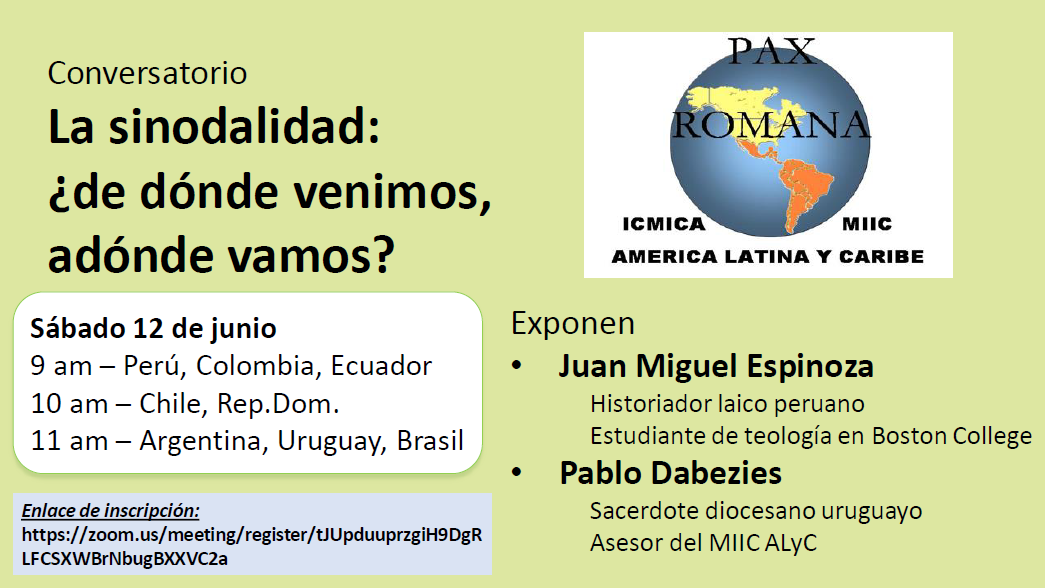On November the 16th of 1965 around 40 bishops, who were participating in the 2nd Vatican Council, met in the Catacombs of St. Domitilla to celebrate mass and to sign a document, which can be regarded as one of the most impressive testimonies of faith of the council fathers. Because of the place, where it was signed this texted is named the Catacomb`s Pact. In it the signatories commit themselves to live as poorly and modestly as possible and to place the poor in the center of their pastoral work.
The group of bishpos who signed the document had worked throughout the council for a “poor and servant” curch. In this way they tried to respond to the desire of Pope John XXIII, who in Radio Message shortly before the beginning of the Council had said that “… the Church presents herself as what she is and what she wants to be, a Church of all, and particularly a Church of the poor” . In the context of the debate about the first draft of the Dogmatic Constitution on the Church, Cardinal Lercaro took up this desire of John XXIII and reminded his brothers that “we won’t do justice to our task when we do not make the mystery of Christ in the poor and the evangelization of the poor the centre, the soul of the doctrinal and legislative work of this Council. It mustn’t be one topic among others but is to become the central question. Topic of this Council is the church, especially in so far as it is a church of the poor.”
Despite some official texts, which admit the importance of poverty and the poor for the church (e.g. LG eight), the wish of John XXIII and the words of Cardinal Lercaro in general did have little resonance among the council fathers. This is why the ones, who were sensitive to the problem, gathered every second week in the Belgium college to discuss the topic of a poor and servant church. The Catacomb`s Pact represents the result of this work. After the Council it was signed by further 500 bishops, most of them from socalled “Third World”-Countries. The Catcomb`s Pact can be seen as the anticipation of the documents of the 2nd Assembly of the Latinamerican Bishops in Medellín 1968. 50 years after the Council, whose documents in the meanwhile are hardly understood by our contemporaries, it still represents a vision of a church that is challenging and inspiring also for the 21st century.




Leave A Comment
You must be logged in to post a comment.